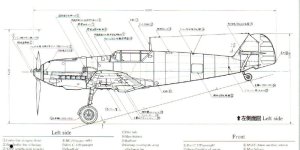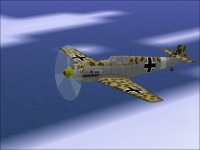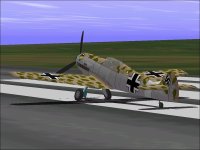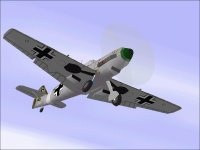well, as i said above,
"i, for one, would welcome said tutorial."
so much so, that i have started a new thread for it.
http://www.sim-outhouse.com/sohforu...-Texture-Mapping-Tutorial&p=906928#post906928
with your approval, i will move your post #820 over there.
"i, for one, would welcome said tutorial."
so much so, that i have started a new thread for it.
http://www.sim-outhouse.com/sohforu...-Texture-Mapping-Tutorial&p=906928#post906928
with your approval, i will move your post #820 over there.


















